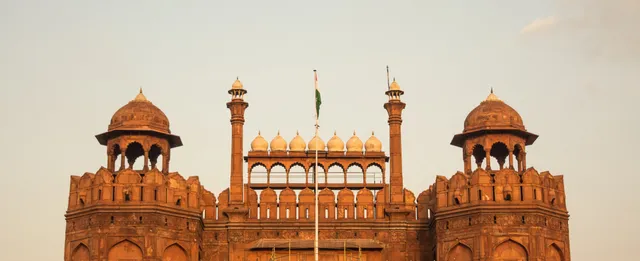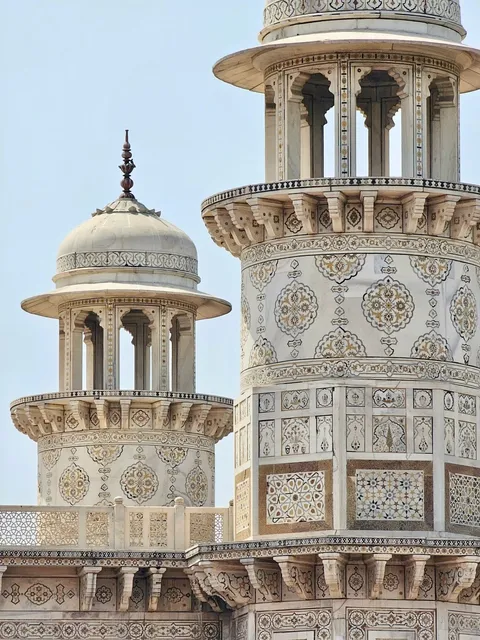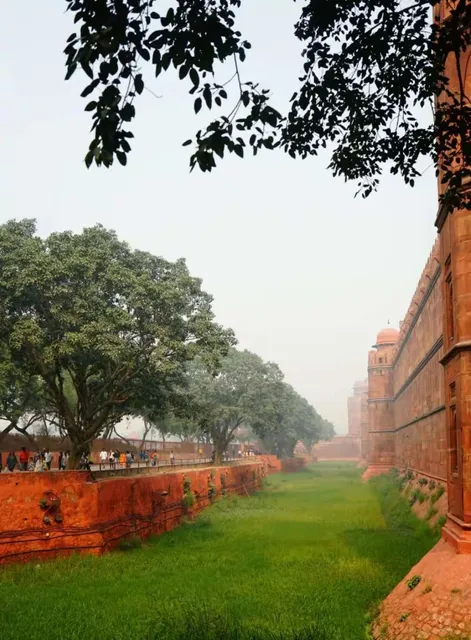Red Fort things to do, attractions, restaurants, events info and trip planning
Basic Info
Red Fort
Netaji Subhash Marg, Lal Qila, Chandni Chowk, New Delhi, Delhi, 110006, India
4.5(56.6K)
Open 24 hours
Save
spot
spot
Ratings & Description
Info
Cultural
Family friendly
attractions: Indian War Memorial Museum, Archaeological Museum Red Fort, Diwan-i-Aam, Delhi, Red fort, Naubat khana, Moti Masjid, Khas Mahal, Mumtaz Mahal, Shri Gauri Shankar Temple, Red Fort Park, Delhi, restaurants: Cafe Delhi Heights, Manohar Dhaba, Haldiram's - Chandni Chowk, Grover Eating Point & Fruit Juice, Mirchi ram Restaurant, Jahangeer Foods, Al Gulzar Restaurant, Café Red Fort by Aunty's kitchen, McDonald's, Hanuman Kachori Bhandar
 Learn more insights from Wanderboat AI.
Learn more insights from Wanderboat AI.Website
asi.nic.in
Plan your stay

Pet-friendly Hotels in Delhi
Find a cozy hotel nearby and make it a full experience.

Affordable Hotels in Delhi
Find a cozy hotel nearby and make it a full experience.

The Coolest Hotels You Haven't Heard Of (Yet)
Find a cozy hotel nearby and make it a full experience.

Trending Stays Worth the Hype in Delhi
Find a cozy hotel nearby and make it a full experience.
Reviews
Nearby attractions of Red Fort
Indian War Memorial Museum
Archaeological Museum Red Fort
Diwan-i-Aam, Delhi
Red fort
Naubat khana
Moti Masjid
Khas Mahal
Mumtaz Mahal
Shri Gauri Shankar Temple
Red Fort Park, Delhi
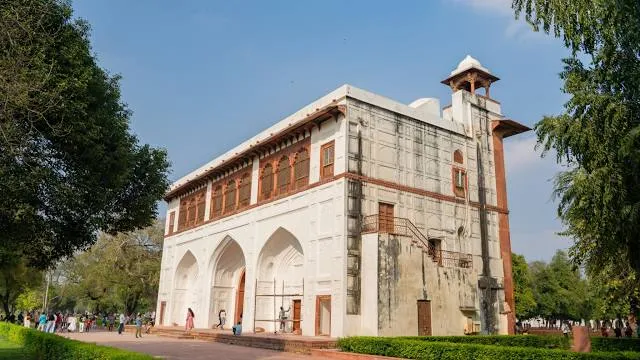
Indian War Memorial Museum
4.4
(267)
Open until 5:00 PM
Click for details
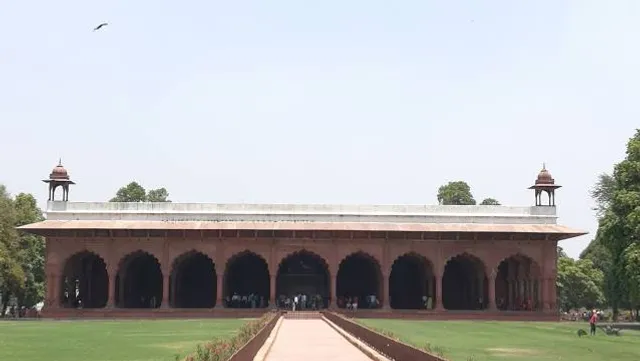
Archaeological Museum Red Fort
4.4
(284)
Open 24 hours
Click for details
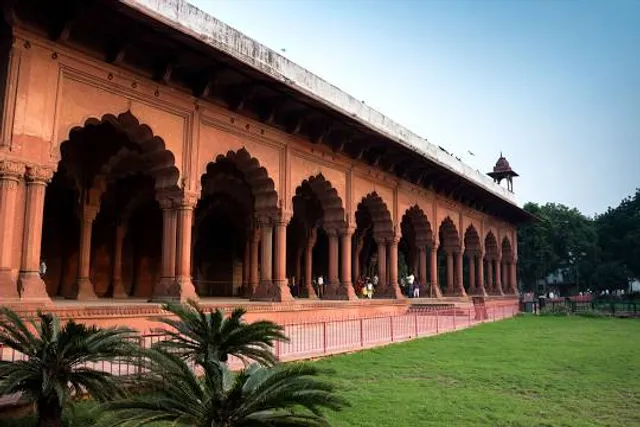
Diwan-i-Aam, Delhi
4.5
(372)
Open 24 hours
Click for details

Red fort
4.4
(43)
Open until 11:00 PM
Click for details
Things to do nearby
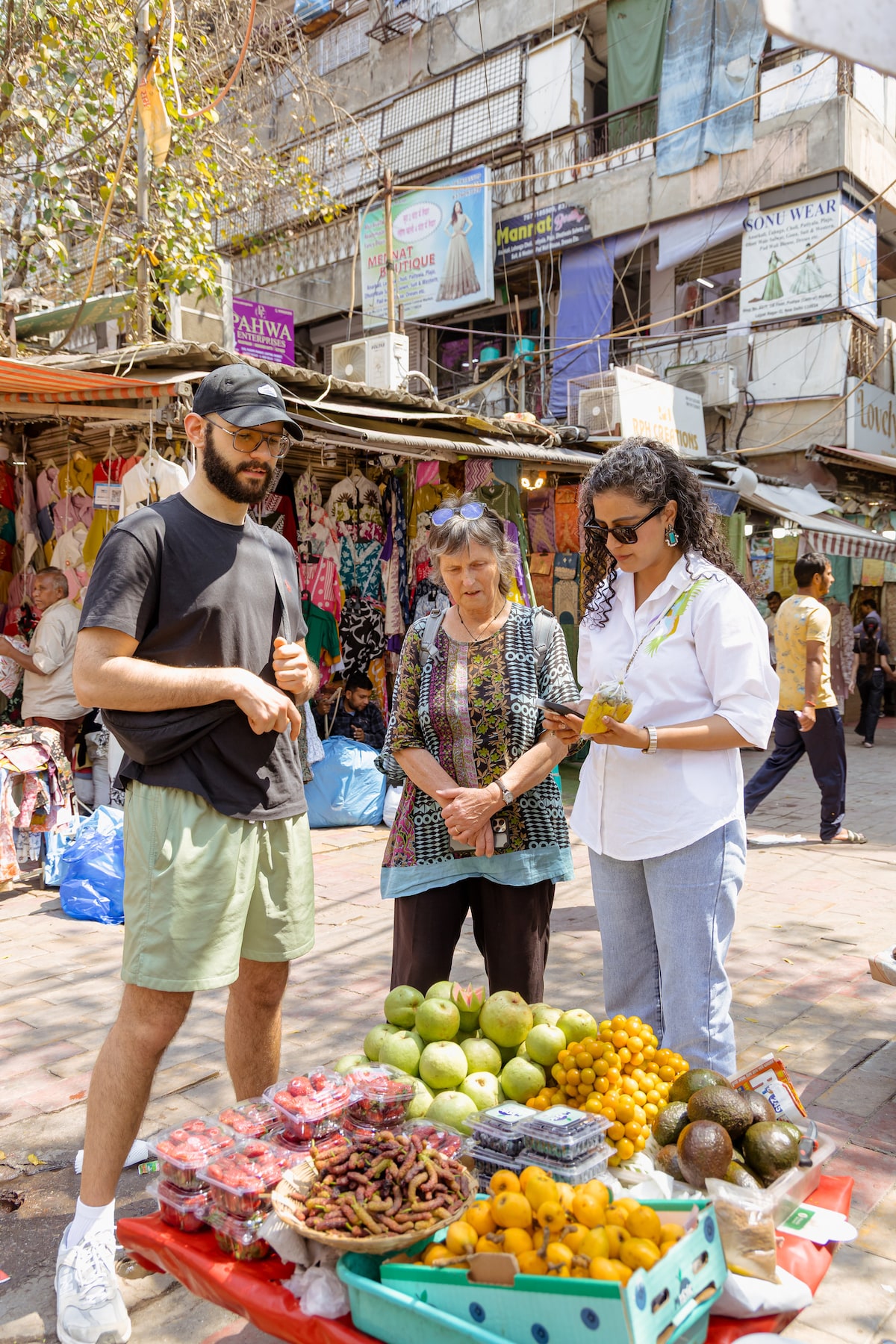
Craft home-style cuisine in Delhi
Thu, Dec 25 • 11:00 AM
New Delhi, Delhi, 110024, India
View details
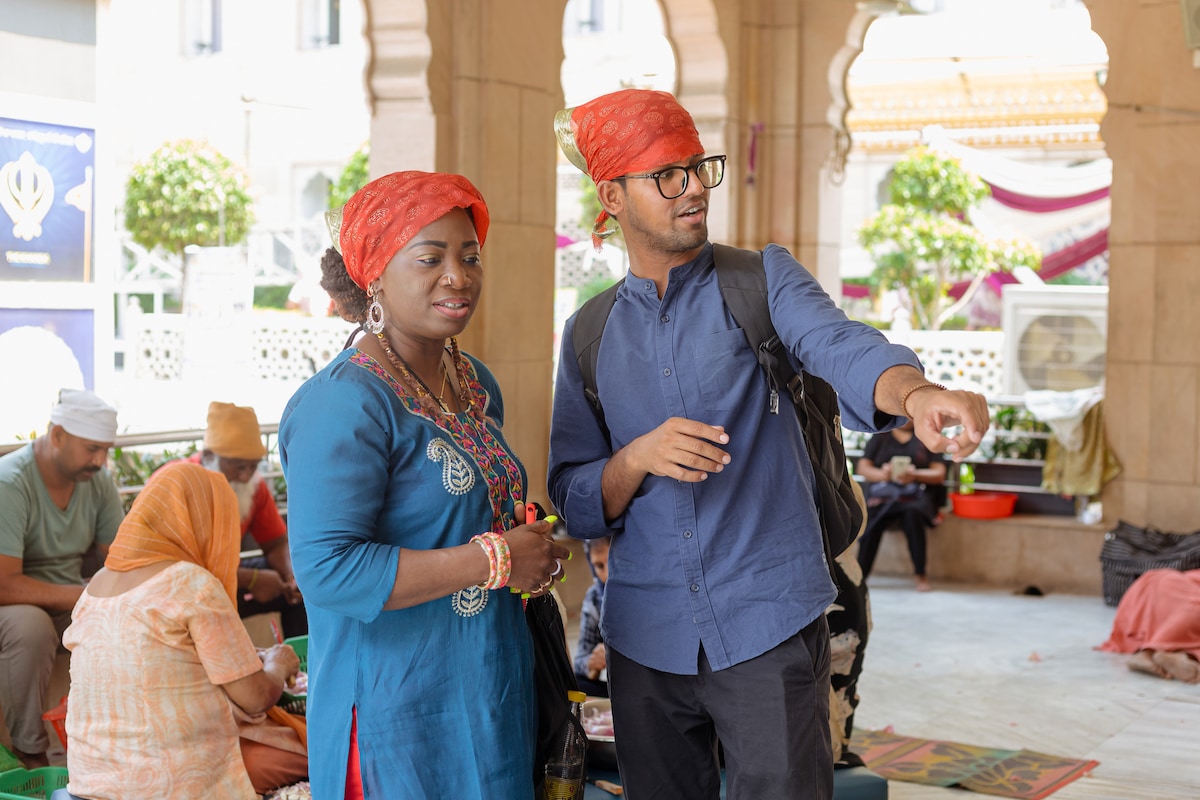
Old Delhis Temple, Rickshaw, Spice Market & Food
Thu, Dec 25 • 11:00 AM
New Delhi, Delhi, 110006, India
View details
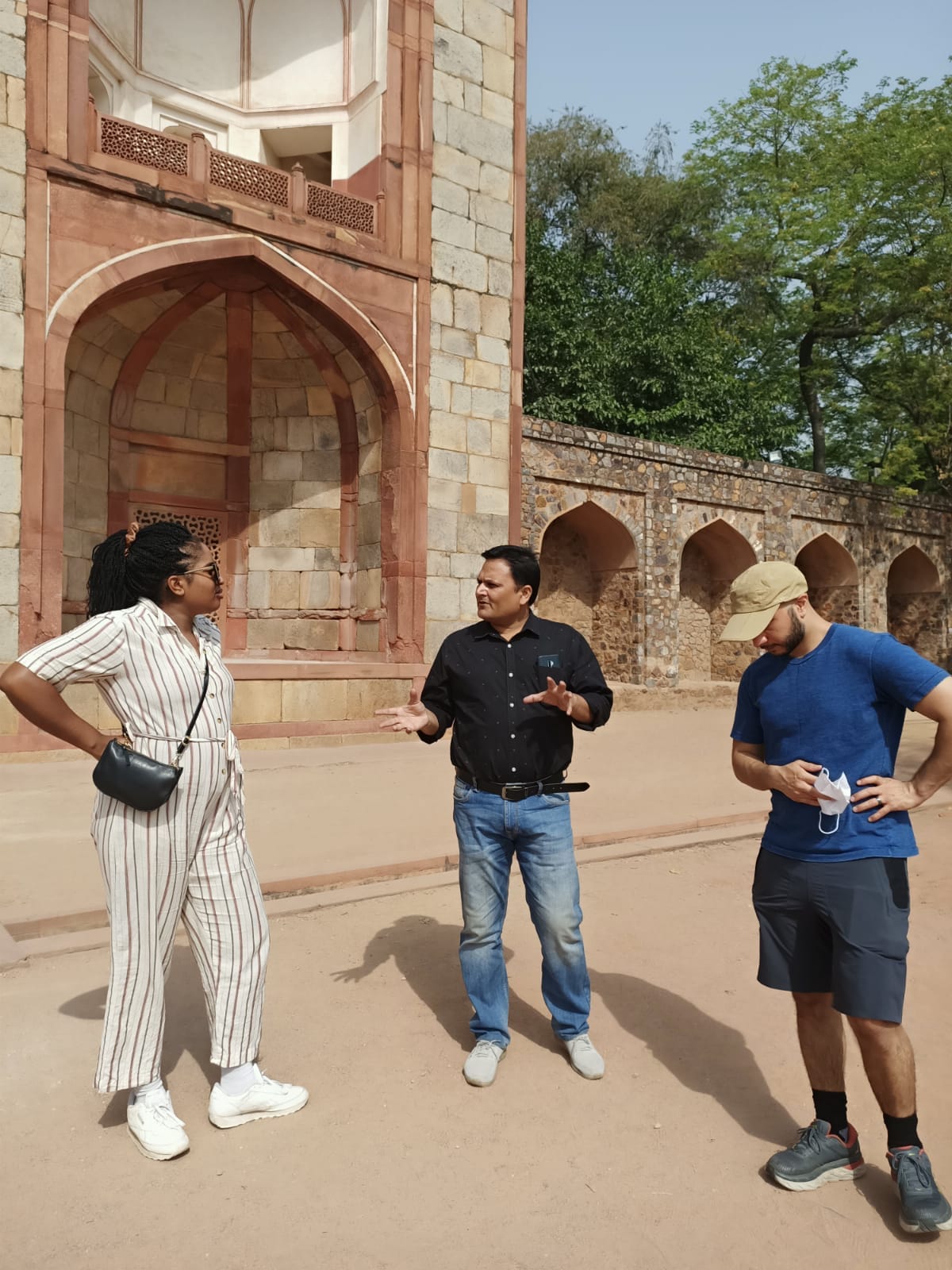
Enjoy the contrasting charms of Old & New Delhi
Thu, Dec 25 • 10:00 AM
New Delhi, Delhi, 110011, India
View details
Nearby restaurants of Red Fort
Cafe Delhi Heights
Manohar Dhaba
Haldiram's - Chandni Chowk
Grover Eating Point & Fruit Juice
Mirchi ram Restaurant
Jahangeer Foods
Al Gulzar Restaurant
Café Red Fort by Aunty's kitchen
McDonald's
Hanuman Kachori Bhandar
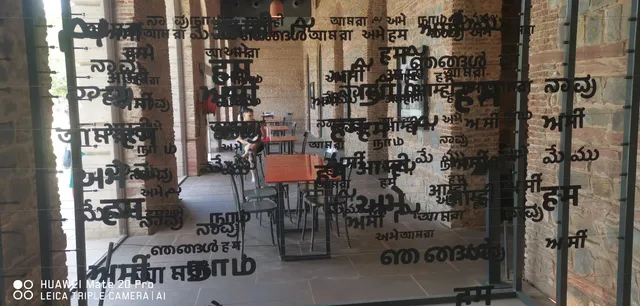
Cafe Delhi Heights
3.8
(77)
Click for details
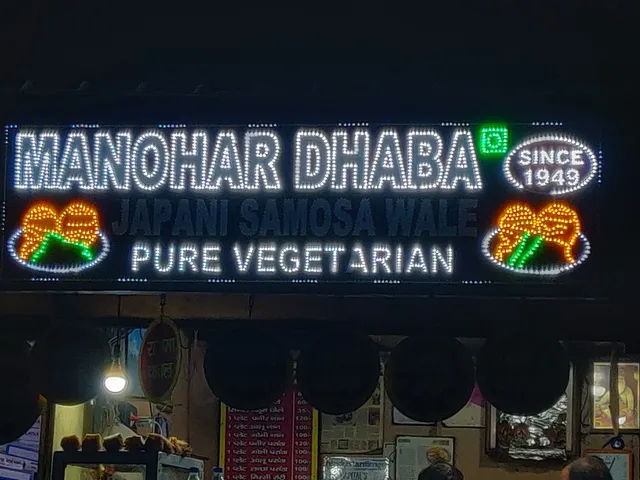
Manohar Dhaba
3.6
(493)
Click for details
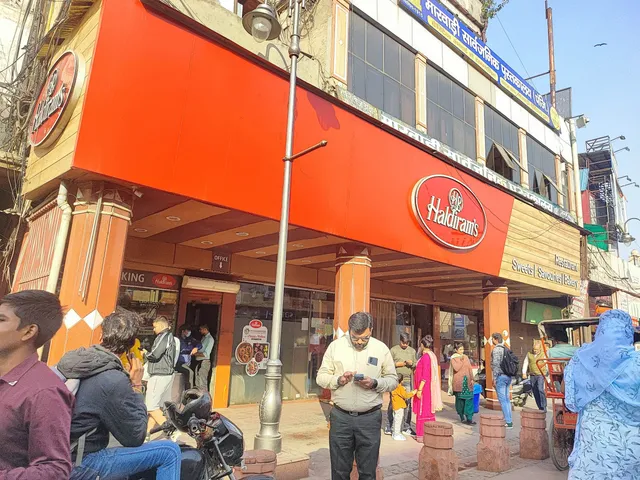
Haldiram's - Chandni Chowk
4.0
(7.5K)
Click for details
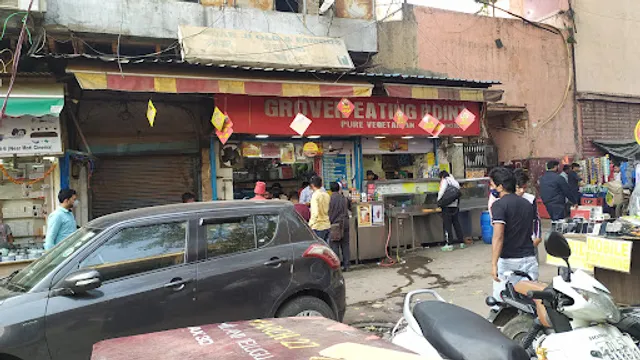
Grover Eating Point & Fruit Juice
4.0
(73)
Click for details
